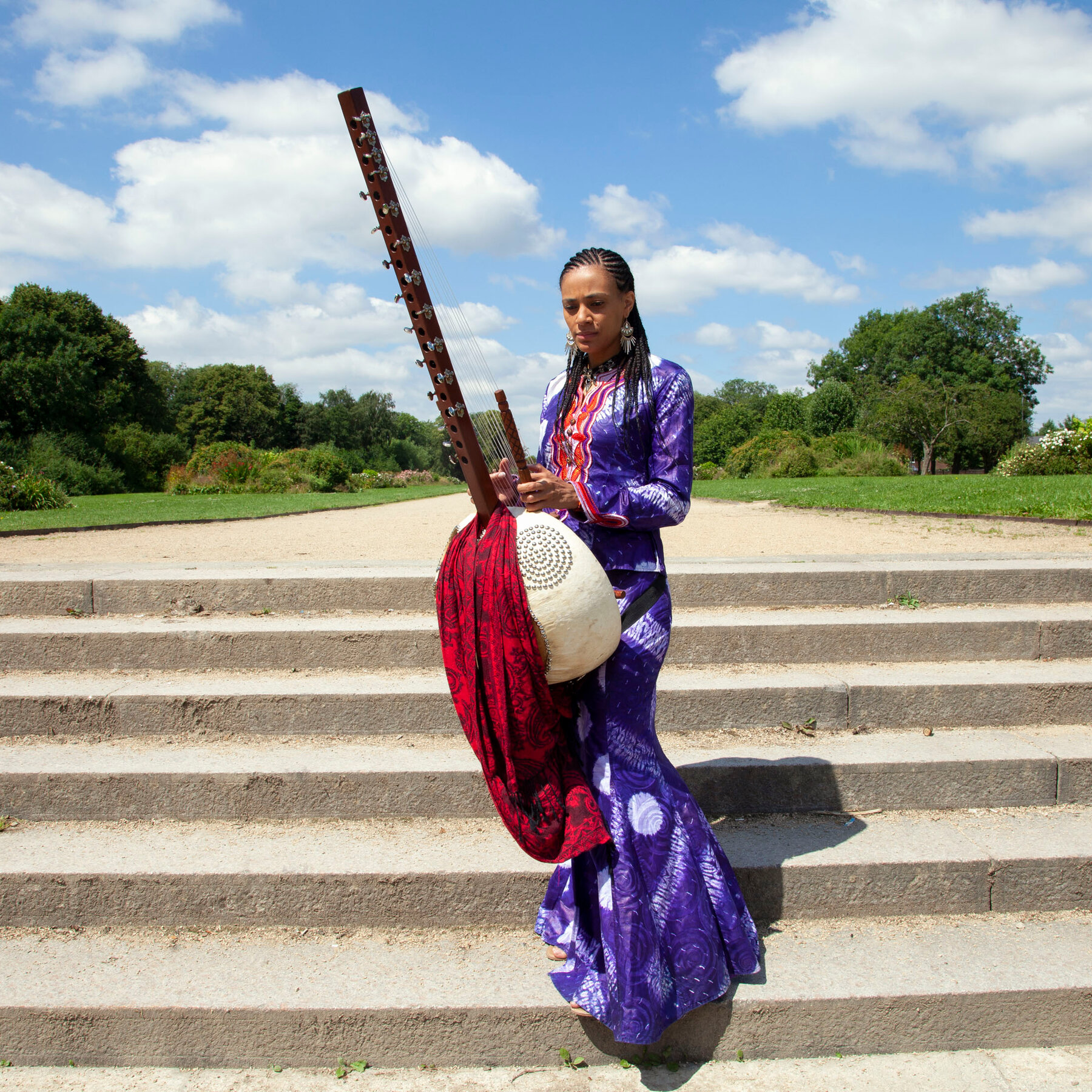
Lalo Kebba Drammeh was a legendary kora player from The Gambia, widely regarded as one of the greatest Mande koramasters of the 20th century. Born, in Kiang Kwinella in the lower river region, he is regarded as the greatest Gambian kora maestro. His virtuosity and deep understanding of traditional Mande music made him a highly respected griot, preserving and passing down centuries-old oral traditions. He was instrumental in popularizing the kora beyond The Gambia, influencing many musicians across West Africa and beyond. His music was deeply rooted in the classical Mande repertoire, yet his improvisational skills and technical mastery set him apart. His ability to blend intricate melodies with profound storytelling made him a sought-after performer and mentor to many younger griots. He adapted the djembeseng, Manding polyrhythmic very involving given by the djembe drums, to the kora. He became famous for adapting to the Kora of Djembeseng (a[…]










